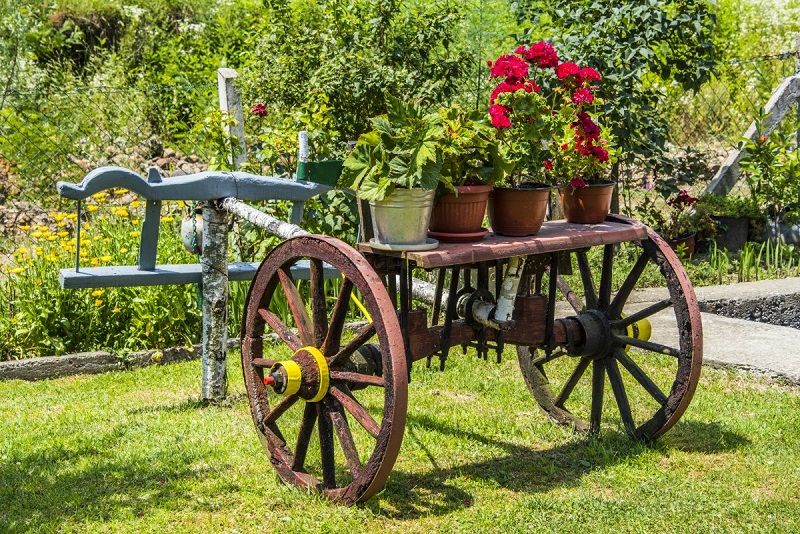Wooden plant stand for the garden: tips for choosing garden plant stands
One of the most frustrating things as a gardener is when high winds or heavy rain wreak havoc on our gardens. Tall plants and vines fall and break in high winds. Peonies and other perennials fall to the ground in heavy rains. Many times, after the damage is done, there is no way to fix it, and you are left kicking for not having supported the plants earlier. Read on to learn how to choose garden plant stands.
Types of plant support
The type of plant support you will need depends on the type of plant you are supporting. Woody climbers, such as climbing hydrangeas or climbing roses, will need very different support than perennial or annual climbers, such as clematis, morning glory, or black-eyed Susan vine. Bushy plants, such as peony, will need a different type of support than tall, single-stem plants such as Asiatic or Oriental lilies.
Woody vines will be much heavier and will need a strong structure for climbing, such as obelisks, trellises, pergolas, pergolas, walls, or fences. Heavy vine frames should be made of strong materials such as metal, wood, or vinyl.
Smaller vines and creeping vegetables can be trained to climb other supports, such as bamboo teepees, lattices, tomato cages, or even single tree branches. Old ladders can also be unique supports for vines. I once used an old bakery rack as a support for the clematis and then placed potted annuals on the shelves. Finding unique climber plant stands can be fun as long as it is strong enough to support the vine of your choice.
How to choose floral supports
When choosing supports for garden plants, you need to consider the growth habit of the plant. Tall plant support structures will differ from shorter growing bushy plant supports. You can use single stem supports for tall plants like:
- Asiatic lily
- Hibiscus
- Delfino
- Gladiolus
- Blooming tobacco
- Zinnia
- Foxglove
- Cleome
- Sunflower
- Poppy
- Hollyhock
These single-stem supports are usually bamboo, wood, or metal stakes or posts to which the plant stem is tied with twine or rope (never use wire). Coated metal single stem brackets are available at most garden centers. These are long metal stakes with a ring at the top for the stem to grow.
Adjustable growing stands have a circular metal rack that sits horizontally on 3-4 legs. They are placed on young, bushy plants such as peonies. As the plant grows, its stems grow through the grid, providing support throughout the plant. Vase shaped plant stands are also used for plants like peonies along with:
- Coreopsis
- cosmos
- Dahlias
- Delfino
- Phlox
- Hibiscus
- Helenium
- Filipendula
- Mallow
- Black cohosh
- Milkweed
They are available in various heights. Generally, as plants grow through grid supports or vase supports, the foliage will hide the supports.
If your plant has already been knocked over by wind or rain, you can still try to hold it. You can use stakes and tie them. Semicircle stands come in various heights to support sloping and heavy plants on top. Link stakes can also be used to prop up downed plants.







